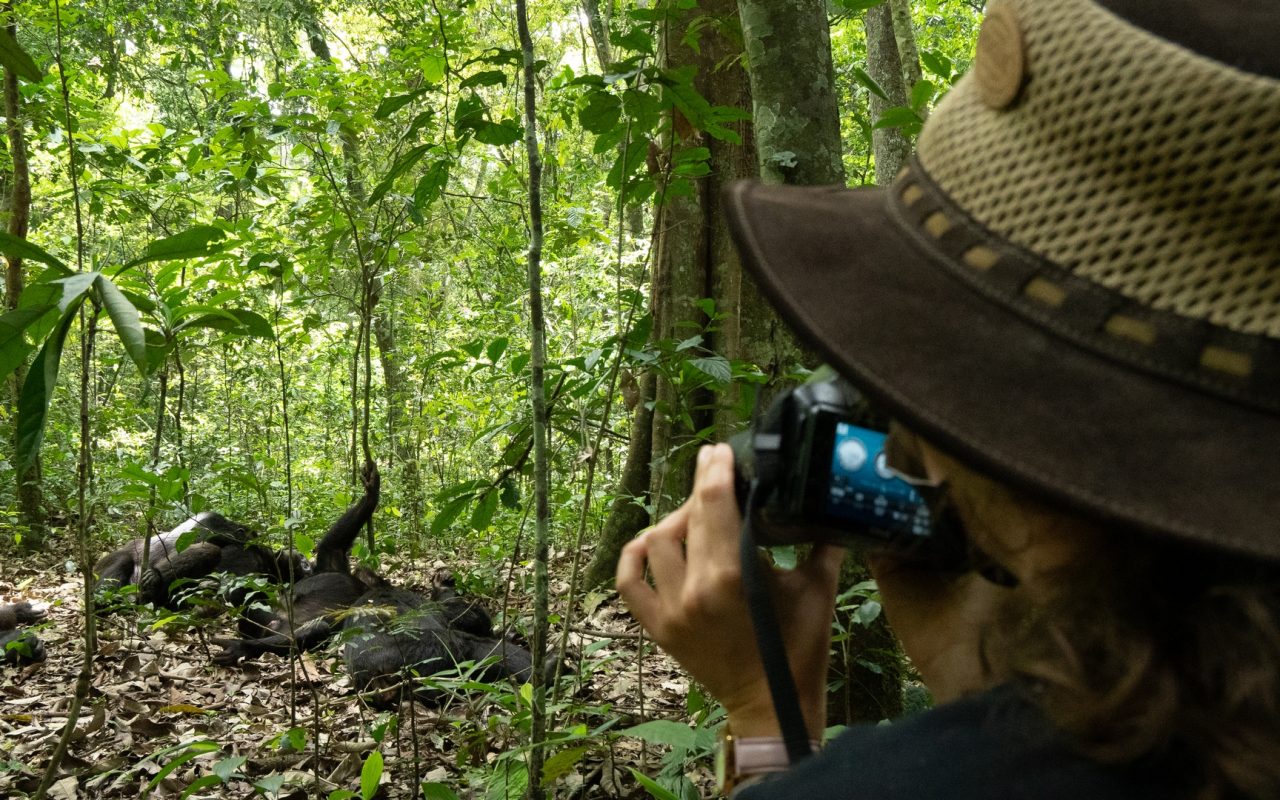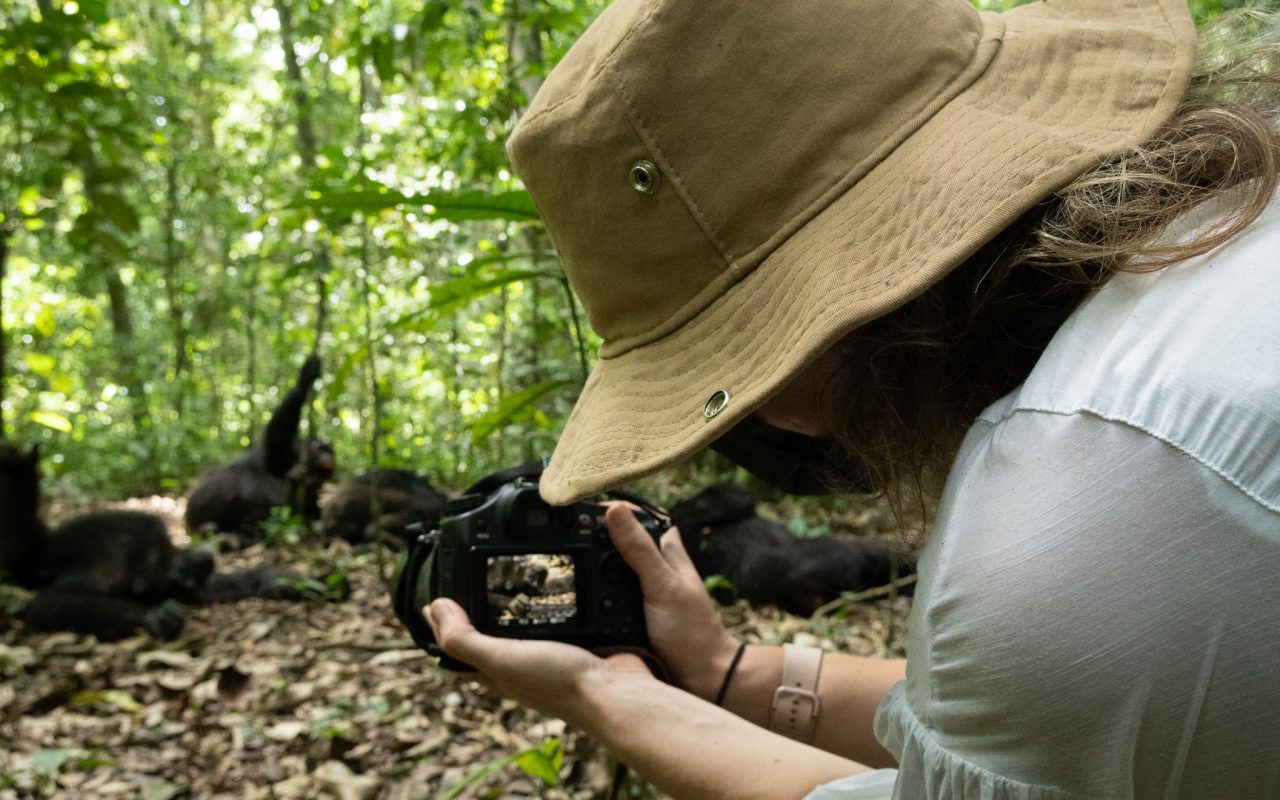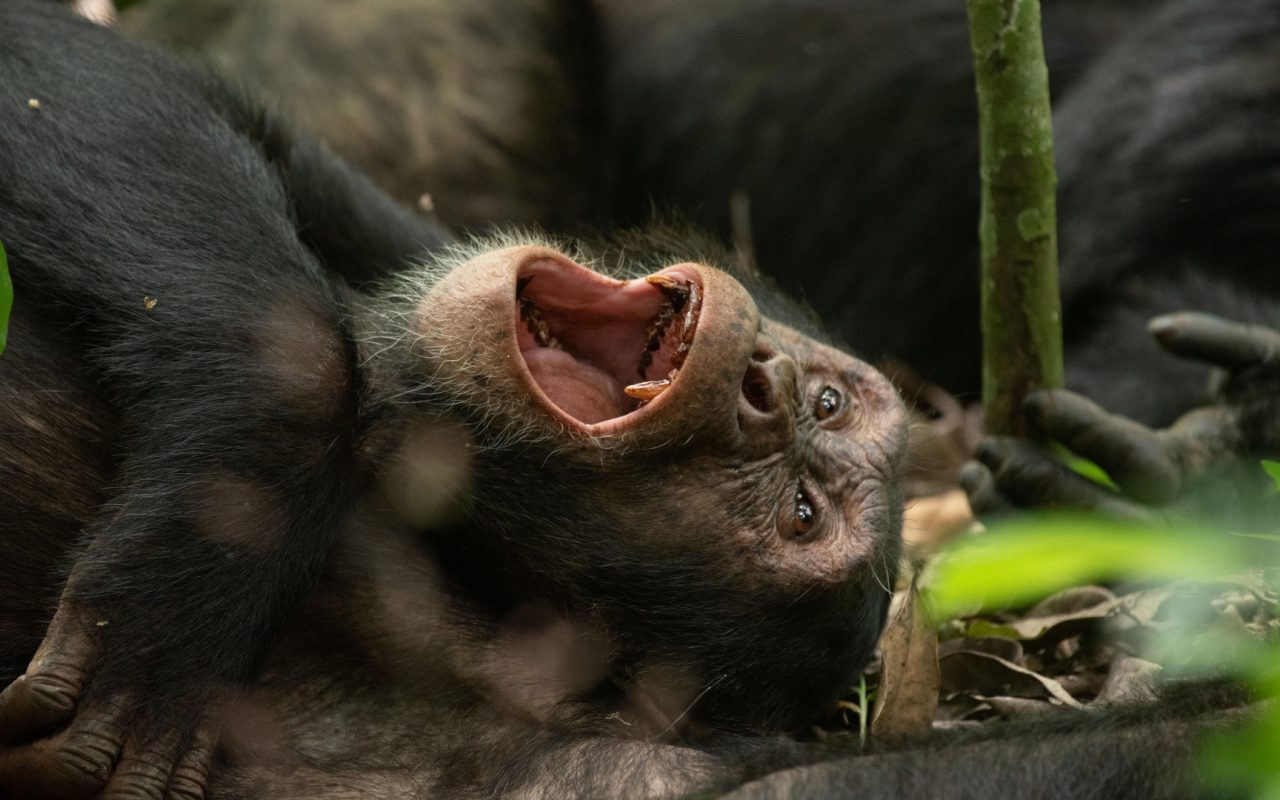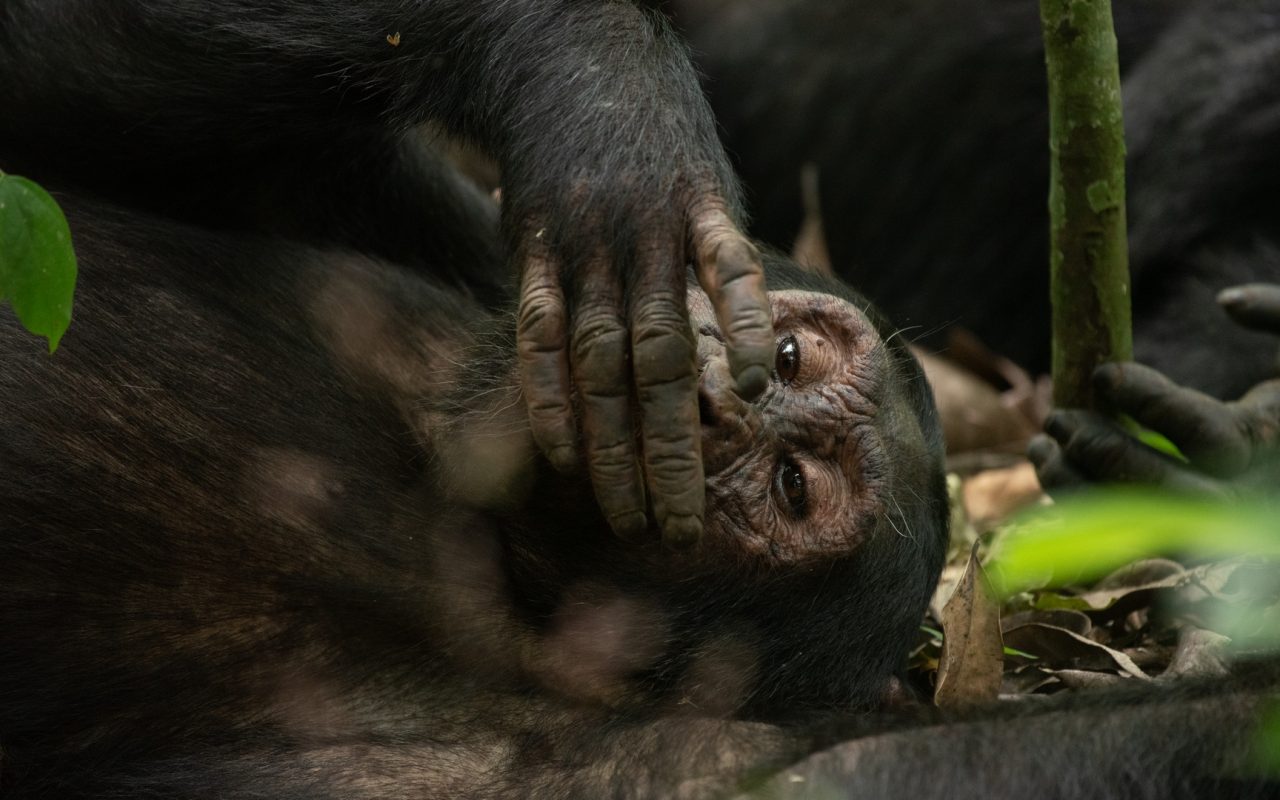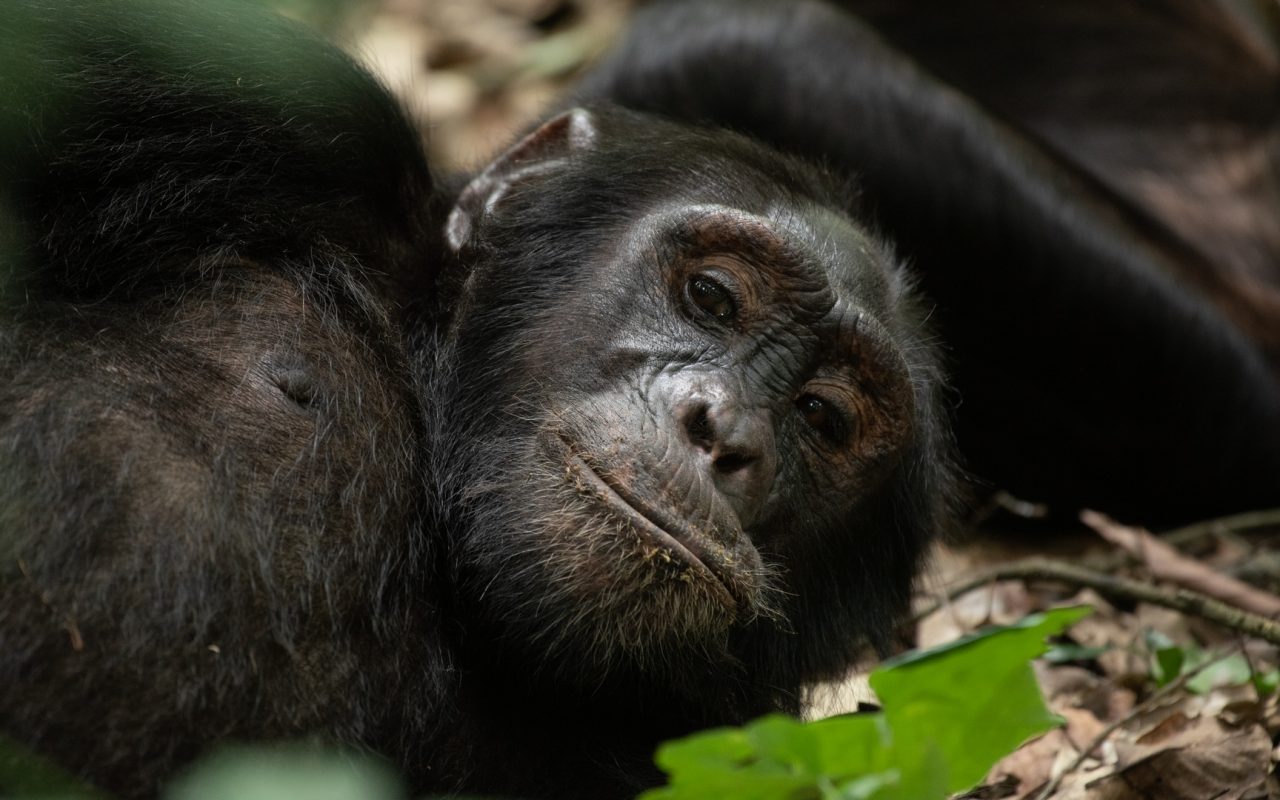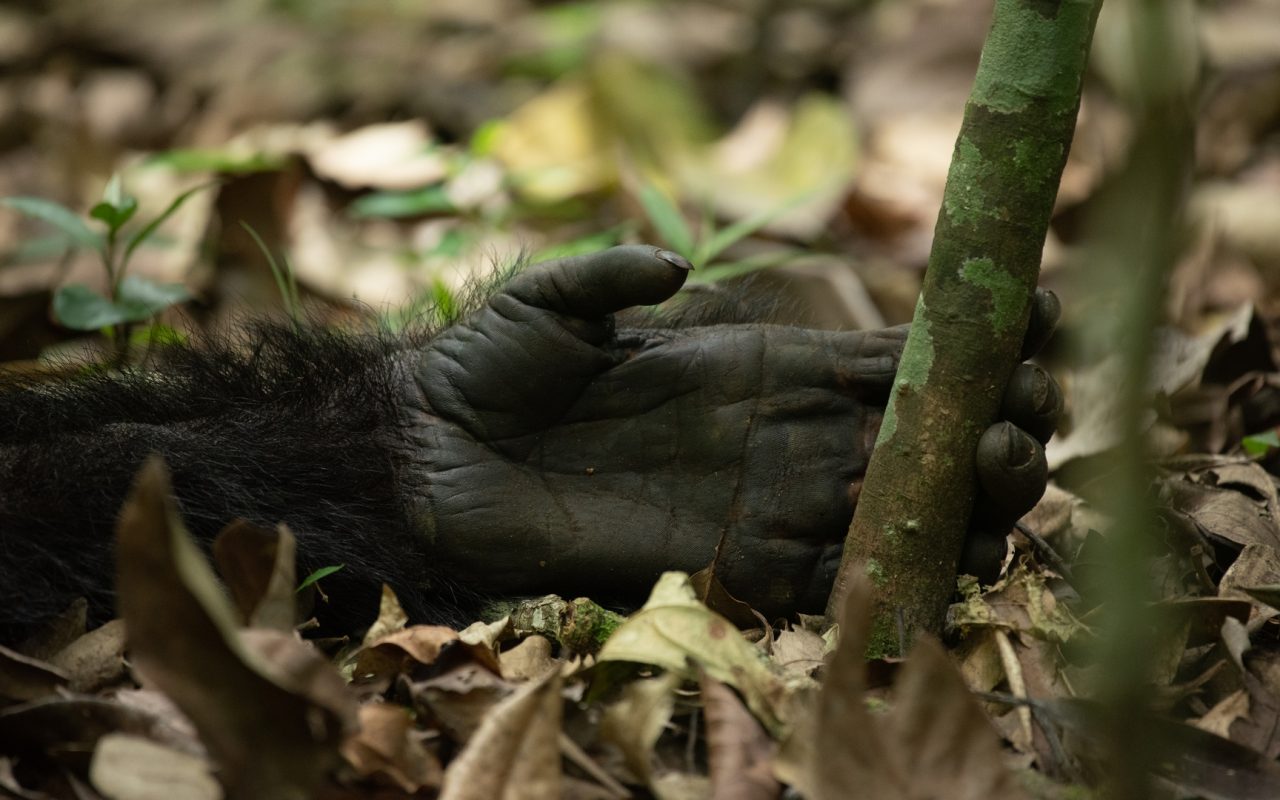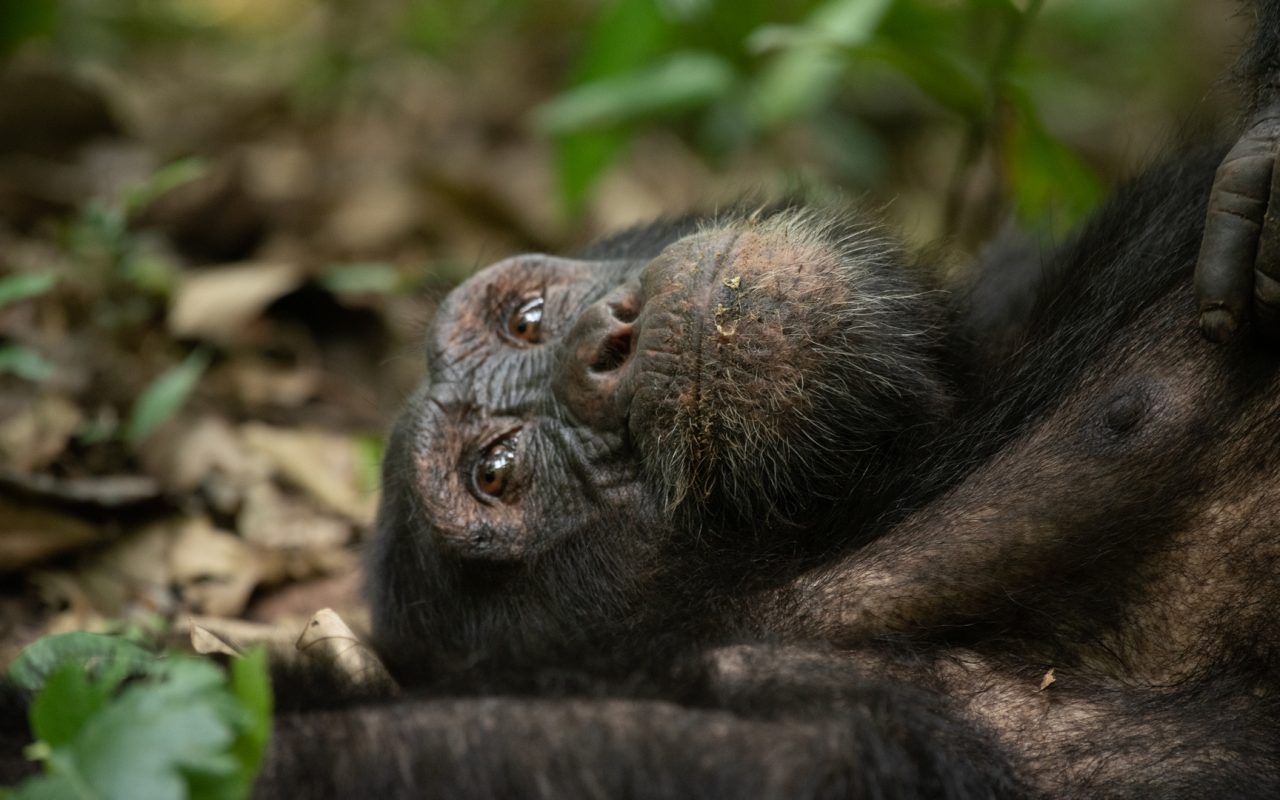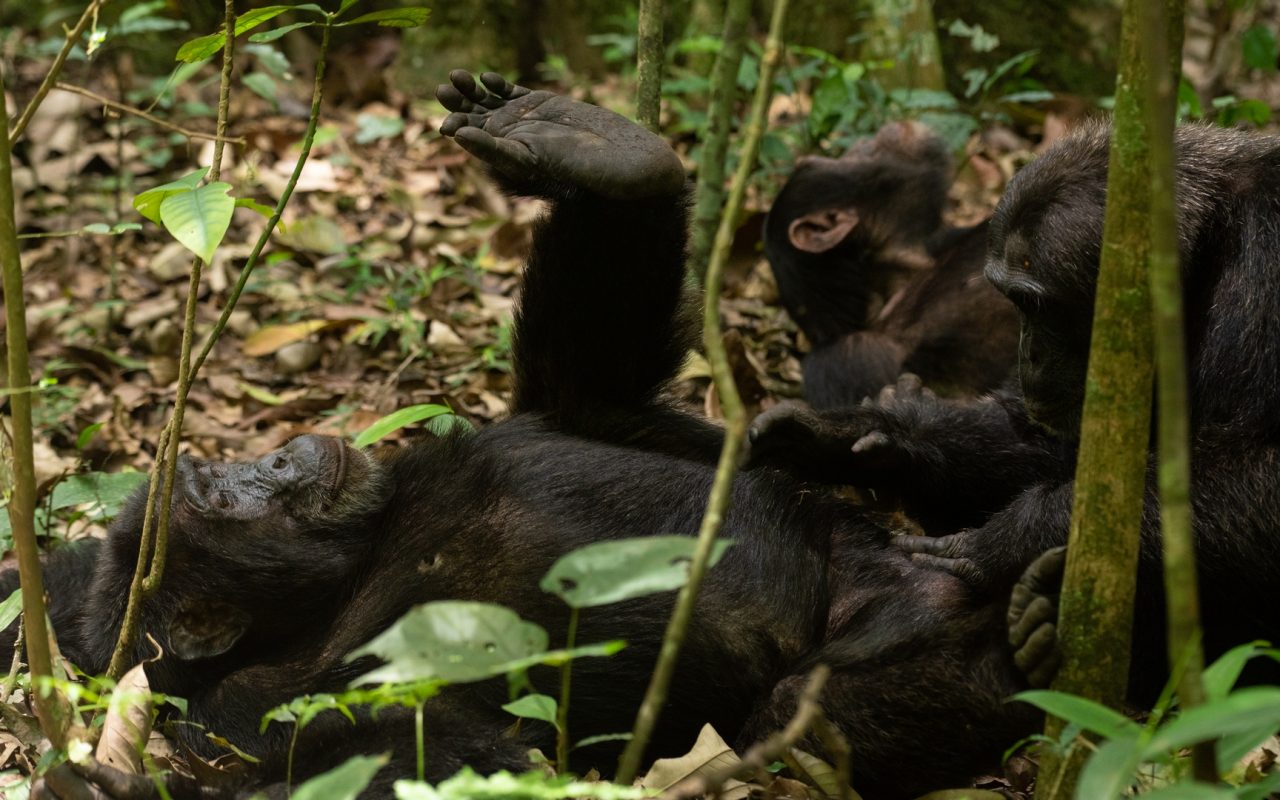Mahale Mountains National Park – All You Need to Know BEFORE You Go (with Photos & Videos)
Mahale Mountains National Park is a protected area located in the western part of Tanzania, East Africa. The park is known for its stunning landscapes, diverse ecosystems, and, most notably, its population of wild chimpanzees.
It is situated on the eastern shore of Lake Tanganyika in the remote western part of Tanzania. Access to the park is mainly by boat, as there are no roads leading directly to the park. One of the main attractions of the park is its population of wild chimpanzees. The park is home to several habituated groups of chimpanzees, allowing visitors to trek into the forest to observe and interact with these primates in their natural habitat.
The Mahale chimpanzees are well-known for their relaxed behavior around humans, providing a unique and immersive wildlife experience. Apart from chimpanzees, Mahale Mountains National Park is home to a diverse range of flora and fauna. The park’s ecosystems include montane forests, woodland, grasslands, and the shoreline of Lake Tanganyika.
Other wildlife species found in the park include various primates, such as red colobus monkeys and blue monkeys, as well as a variety of bird species. The main activities for visitors to Mahale Mountains National Park include chimpanzee trekking, hiking, bird watching, and boat safaris on Lake Tanganyika.
Where is Mahale Mountains National Park Located?
Mahale Mountains National Park is located in the western part of Tanzania, East Africa. It is situated on the eastern shore of Lake Tanganyika. The park is part of the greater Mahale Range, and its coordinates are approximately between 6°15′ and 6°45′ S latitude and 29°30′ and 30°15′ E longitude. Access to the park is typically by boat, as there are no roads directly leading to Mahale Mountains National Park. The remote and pristine location of the park adds to its allure, providing visitors with a unique and immersive wilderness experience.
What to Adventure in Mahale Mountains National Park?
Mahale Mountains National Park offers a variety of adventurous activities, making it an exciting destination for nature and wildlife enthusiasts. The main attraction in Mahale is chimpanzee trekking. The park is home to several habituated groups of wild chimpanzees, and visitors can embark on guided treks to observe these primates in their natural habitat. The experience of encountering chimpanzees in the wild is both thrilling and memorable.
- Chimpanzee Trekking
- Hiking and Nature Walks
- Bird Watching
- Boat Safaris on Lake Tanganyika
- Fishing
- Camping and Stargazing
- Cultural Interaction
Remember that activities like chimpanzee trekking may require permits and should be arranged through the park authorities. It’s advisable to check with the park management or your tour operator for the latest information on regulations, permits, and safety guidelines to ensure a responsible and enjoyable adventure in Mahale Mountains National Park.
Enjoy Chimpanzee Trekking in Mahale Mountains National Park
Chimpanzee trekking in Mahale Mountains National Park is a truly enchanting experience, offering a rare opportunity to observe these fascinating primates in their natural habitat.
Obtain the necessary permits for chimpanzee trekking in advance. Permits are typically required and can be obtained through the park authorities or your tour operator. It’s essential to check the current permit fees and availability.
Go Chimpanzee trekking in Mahale is conducted by experienced guides who are familiar with the behavior and movements of the chimpanzee groups. Follow their instructions closely for your safety and the well-being of the chimpanzees.
Consider the timing of your visit. While chimpanzee trekking is possible throughout the year, the dry season (May to October) is often recommended. During this period, vegetation is less dense, making it easier to spot and observe the chimpanzees.
Chimpanzee trekking may involve hiking through the forest and varying terrain. Ensure that you are in good physical condition to fully enjoy the experience. The length and difficulty of treks can vary, so communicate your fitness level with the guides.
Going for Chimpanzee trekking in Mahale Mountains National Park offers an intimate connection with nature and a chance to witness the complex social interactions of these incredible primates. By approaching the experience with respect for the environment and wildlife, you can ensure a memorable and sustainable adventure.
Go Hiking and Nature Walks in Mahale Mountains National Park
Hiking and nature walks in Mahale Mountains National Park are exceptional ways to explore the diverse ecosystems, scenic landscapes, and rich biodiversity that the park has to offer.
Mahale Mountains National Park typically requires visitors to explore the park with experienced guides. These guides are knowledgeable about the local flora and fauna, ensuring a safe and informative experience. Follow their lead and take advantage of their insights into the park’s ecology.
The park offers various trails suitable for different fitness levels and interests. Discuss your preferences and fitness level with your guide to choose a trail that aligns with your expectations. Some trails lead to viewpoints with stunning vistas, while others delve into the heart of the forest.
Wear comfortable and sturdy walking shoes suitable for varying terrains. Bring a hat, sunscreen, insect repellent, and lightweight, breathable clothing. Consider carrying a small backpack with essentials like water, snacks, and a camera.
While hiking, you may encounter diverse wildlife, including primates, birds, and other animals. Maintain a respectful distance, avoid making loud noises, and follow your guide’s instructions to minimize disturbance to the natural environment.
Hiking and nature walks in Mahale Mountains National Park provide an immersive experience in a pristine natural setting. By approaching the adventure with respect for the environment and an eagerness to learn, you can create lasting memories of your time in this remarkable Tanzanian wilderness.
Enjoy Bird Watching in Mahale
Bird watching in Mahale Mountains National Park is a delightful activity, given the park’s diverse ecosystems, which include montane forests, woodlands, and the shores of Lake Tanganyika.
Bring a pair of good-quality binoculars to observe birds from a distance. A field guide specific to the birds of East Africa can help you identify the various species you encounter. Familiarize yourself with the key birding areas within the park. These may include the forested areas, grasslands, and the lakeshore. Your guide, if you have one, can provide valuable insights into the best locations for bird watching.
Early morning and late afternoon are often the best times for bird watching when bird activity is higher. During these times, birds are more active, and lighting conditions are favorable for observation. Many birds in Mahale communicate through distinctive calls. Pay attention to the sounds around you, as they can often lead you to interesting bird sightings. Your guide can assist in identifying bird calls.
Mahale Mountains National Park is home to a rich avian diversity, making it a rewarding destination for bird enthusiasts. By immersing yourself in the natural beauty of the park and being patient and observant, you can enjoy a memorable bird watching experience in this remote and pristine Tanzanian wilderness.
Boat Safaris on Lake Tanganyika
Boat safaris on Lake Tanganyika, which borders Mahale Mountains National Park to the west, offer a unique and scenic way to explore the area. Lake Tanganyika is one of the largest and deepest freshwater lakes in the world. Enjoy the breathtaking views of the lake and surrounding landscapes as you embark on your boat safari.
Keep an eye out for wildlife along the shores of Lake Tanganyika. You may have the chance to see hippos, crocodiles, and various bird species. Your guide can provide information about the wildlife and ecosystems of the region.
The type of boat used for safaris can vary, from traditional wooden boats to more modern vessels. The choice may depend on the tour operator or accommodation you are using. Traditional boats can offer a more authentic experience.
Consider taking a boat safari during the late afternoon for a sunset cruise. The setting sun over Lake Tanganyika creates a magical atmosphere, and it’s an excellent time for photography.
Boat safaris on Lake Tanganyika provide a peaceful and captivating way to experience the natural beauty and wildlife of Mahale Mountains National Park. Whether you’re interested in bird watching, enjoying a sunset cruise, or simply taking in the serene surroundings, a boat safari can be a memorable part of your adventure in this remote and pristine Tanzanian wilderness.
Go Fishing in Mahale
Fishing in Mahale Mountains National Park, particularly in the waters of Lake Tanganyika, can be a rewarding and enjoyable experience. Check with the park authorities or your tour operator to obtain information about fishing permits. Permits may be required, and it’s important to adhere to any regulations in place to ensure sustainable fishing practices.
Lake Tanganyika is known for its diverse fish species. Some popular catches include various species of cichlids, catfish, and perch. Familiarize yourself with the local fish population and the regulations regarding catch limits. Consider joining a guided fishing tour led by experienced local guides. They can provide insights into the best fishing spots, techniques, and information about the different fish species found in the lake.
If you’re a fishing enthusiast, you may choose to bring your own fishing gear. However, if you’re not carrying your equipment, inquire whether fishing gear is available for rent or provided by the guided tours. To contribute to the conservation efforts of the lake’s ecosystem, consider practicing catch and release. This involves releasing the fish back into the water after catching them, allowing them to thrive and maintain healthy populations.
Remember to approach fishing in Mahale Mountains National Park with a sense of responsibility and a commitment to sustainable practices. By respecting the natural environment and adhering to regulations, you can enjoy a memorable fishing experience while contributing to the conservation of this unique and pristine ecosystem.
Camping and Stargazing in Mahale
Camping in Mahale Mountains National Park provides a unique opportunity to immerse yourself in the natural beauty of this remote and pristine wilderness. Obtain the necessary camping permits from the park authorities. It’s advisable to make reservations in advance, especially during peak seasons. Check with the park or your tour operator for the latest information.
Mahale Mountains National Park has designated campsites for visitors. Choose a campsite that suits your preferences and needs. These sites are often strategically located to provide a safe and enjoyable camping experience.
Be aware of the facilities available at the campsites. Some campsites may have basic amenities such as toilets and showers, while others may be more rustic. Plan accordingly and bring essential camping gear.
If campfires are allowed, be sure to follow any regulations in place. Use designated fire pits and ensure that the fire is completely extinguished before leaving. Be mindful of the environment and local rules.
Camping and stargazing in Mahale Mountains National Park offer a serene and immersive experience in nature. Whether you’re seeking the thrill of camping in the wild or the tranquility of gazing at the stars, Mahale provides a remarkable setting for both activities.
Enjoy Cultural Interactions in Mahale
While Mahale Mountains National Park is primarily known for its rich biodiversity and outdoor adventures, cultural interactions with the local communities can add a valuable and meaningful dimension to your visit.
Inquire with the park authorities or your accommodation provider about opportunities to visit nearby local communities. Some lodges or tour operators may organize cultural visits to villages, allowing you to learn about the daily lives, traditions, and customs of the local people.
When interacting with local communities, it’s important to respect their customs and traditions. Learn about any cultural norms or etiquette and adhere to them during your visit. This includes dressing modestly and seeking permission before taking photographs.
Consider joining guided cultural tours led by knowledgeable guides who can provide insights into the history, lifestyle, and cultural practices of the communities in the region. Local guides may also facilitate communication and foster a deeper understanding.
Some communities may engage in traditional crafts and arts. Take the opportunity to witness and even participate in activities such as beadwork, carving, or other local crafts. Purchasing handmade souvenirs can also support local artisans.
Cultural interactions can add depth to your travel experience and create positive connections between visitors and local communities. By approaching these interactions with respect, curiosity, and an open mind, you can contribute to meaningful cultural exchanges in Mahale Mountains National Park.
How to Get to Mahale Mountains National Park?
Getting to Mahale Mountains National Park involves a combination of air and boat transportation due to its remote location on the eastern shore of Lake Tanganyika in western Tanzania.
Fly into Julius Nyerere International Airport (DAR) in Dar es Salaam or Kilimanjaro International Airport (JRO) near Arusha, Tanzania. These airports are major international gateways.
From Dar es Salaam or Arusha, take a domestic flight to Kigoma, the closest town to Mahale Mountains National Park. Several airlines operate flights to Kigoma, and the flight duration is approximately 2 to 3 hours.
Once you arrive in Kigoma, you’ll need to take a boat to Mahale Mountains National Park. The boat journey usually takes several hours, and the type of boat used can vary. Some lodges and tour operators provide private boat transfers, while others may use public or shared boats.
It’s crucial to plan your trip to Mahale Mountains National Park well in advance, considering the logistics of flights, boat transfers, accommodations, and any necessary permits. Reputable tour operators can help streamline the process and ensure a smooth and enjoyable journey to this remote and stunning national park.
A List of Safari Lodges in Mahale Mountains National Park
Mahale Mountains National Park is known for its remote and pristine setting, and accommodations in the area are limited. Lodges and camps within or near the park often offer an immersive experience, providing opportunities for chimpanzee trekking, boat safaris, and more. Keep in mind that new lodges may have been established, and existing ones may have undergone changes since my last update.
- Greystoke Mahale
- Kungwe Beach Lodge
- Mbali Mbali Mahale
- Flycatcher Safaris Camp
- Chada Katavi and Greystoke Mahale Safaris
- Nomad Tanzania – Sand Rivers Selous
It’s essential to check the most recent reviews, availability, and any changes in services or accommodations directly with the lodges or through reputable tour operators. Additionally, new lodges may have been established since my last update, so consider exploring recent travel resources and reviews for the latest information.
Luxury Africa Tours & Holidays – Deks Safaris and Tours Ltd
- 6 Days Uganda Kenya Tour
- 7 Days Rwanda Uganda Tour
- 8 Days Kenya Uganda Luxury Safari
- 8 Days Kenya Uganda Tour
- 9 Days Kenya Uganda Safari
- 10 Days Kenya Uganda Safari
- 10 Days Uganda Kenya Tanzania Safari
- 10 Days Rwanda Kenya Tanzania Safari
- 11 Days Kenya Uganda Rwanda Safari
- 11 Days Kenya Uganda Safari
- 11 Days Uganda Kenya Zanzibar Safari
- 11 Days Rwanda Kenya Safari
- 12 Day Kenya Uganda Rwanda Safari
- 13 Days Uganda Kenya Tanzania Safari
- 14 Days Across Africa Safari
- 14 Days Rwanda Tanzania Safari
- 15 Days Kenya Rwanda Tour
- 16 Days Kenya Uganda Safari

